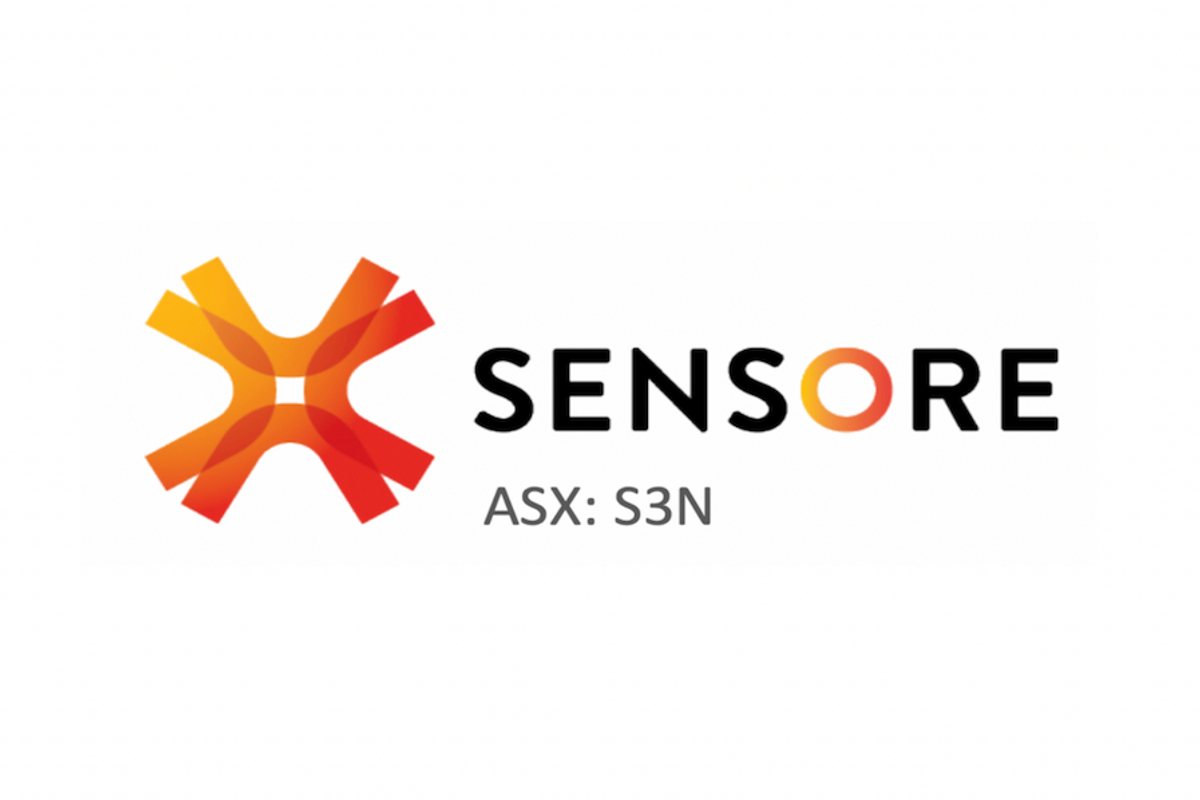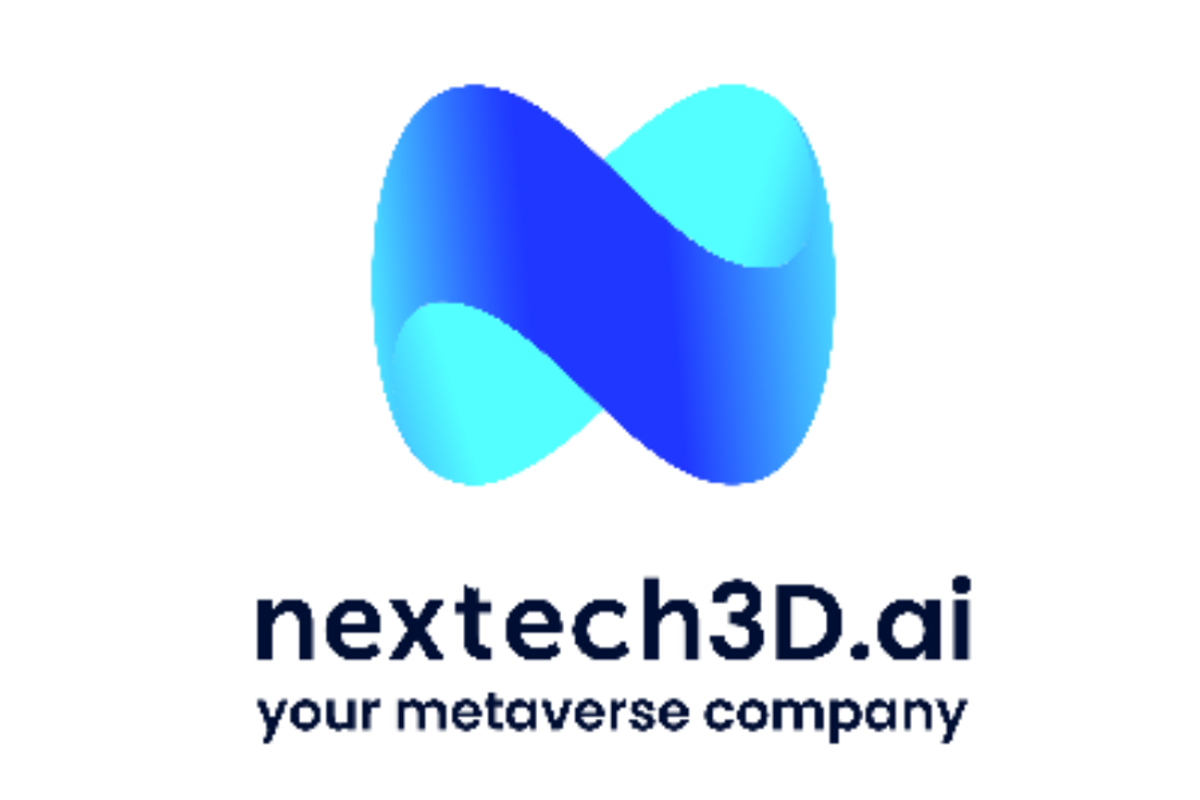
- NORTH AMERICA EDITIONAustraliaNorth AmericaWorld
May 08, 2023
Description
The securities of Sensore Ltd (‘S3N’) will be placed in trading halt at the request of S3N, pending it releasing an announcement. Unless ASX decides otherwise, the securities will remain in trading halt until the earlier of the commencement of normal trading on Thursday, 11 May 2023 or when the announcement is released to the market.
Issued by
Rana Kurban
Adviser, Listings Compliance
Click here for the full ASX Release
This article includes content from SensOre Limited, licensed for the purpose of publishing on Investing News Australia. This article does not constitute financial product advice. It is your responsibility to perform proper due diligence before acting upon any information provided here. Please refer to our full disclaimer here.
S3N:AU
The Conversation (0)
15h
Why 3D Visualisation is a Game Changer for Resource Asset Management
Forget spreadsheets and static blueprints. The future of resource asset management is unfolding in three dimensions, and smart money is starting to take notice. 3D visualisation is no longer a niche tool; it's rapidly becoming the indispensable core of how resource companies — such as mining,... Keep Reading...
16h
Seegnal's operating subsidiary Seegnal E-Health Ltd. hires AI VP to Strengthen AI Capabilities and Accelerates Development of Seegnal Guard
Seegnal Inc. (TSXV: SEGN), a global leader in clinical decision support solutions applying patient-centric medication safety standards, today announced a major enhancement of its artificial intelligence capabilities with the appointment of Yura Zharkovsky as Vice President of Artificial... Keep Reading...
05 January
Nextech3D.ai Closes Krafty Labs Acquisition Expanding into a Comprehensive End-to-End AI-Powered Live Events and Experiential Engagement Platform
The Krafty Labs acquisition brings with it a diversified list of blue-chip enterprise customers TORONTO, ON AND NEW YORK, NY / ACCESS Newswire / January 5, 2026 / Nextech3D.ai (CSE:NTAR,OTC:NEXCF)(OTCQB:NEXCF)(FSE:1SS), an AI-first technology company specializing in AI-powered live event... Keep Reading...
28 December 2025
Unith Strengthens Funding Position
Unith (UNT:AU) has announced Unith Strengthens Funding PositionDownload the PDF here. Keep Reading...
24 December 2025
CORRECTION: Nextech3D.ai Provides Shareholder Update on Krafty Labs Acquisition and Announces $321,917 CEO Investment
Correction: The conversion price was incorrectly reported as .14/share. The correct price is .165/shareCorrection: Nextech3D.ai Provides Shareholder Update on Krafty Labs Acquisition and Announces $321,917 CEO InvestmentCorrection: The conversion price was incorrectly reported as .14/share. The... Keep Reading...
23 December 2025
AI Market Forecast: Top Trends for AI in 2026
Artificial intelligence (AI) has cemented its role as a key sector for investors, but its path forward is shifting.Several catalysts, including sustained AI infrastructure spending and US Federal Reserve interest rate cuts, are poised to drive tech sector growth in 2026; however, massive capital... Keep Reading...
Latest News
Interactive Chart
Latest Press Releases
Related News
TOP STOCKS
American Battery4.030.24
Aion Therapeutic0.10-0.01
Cybin Corp2.140.00




